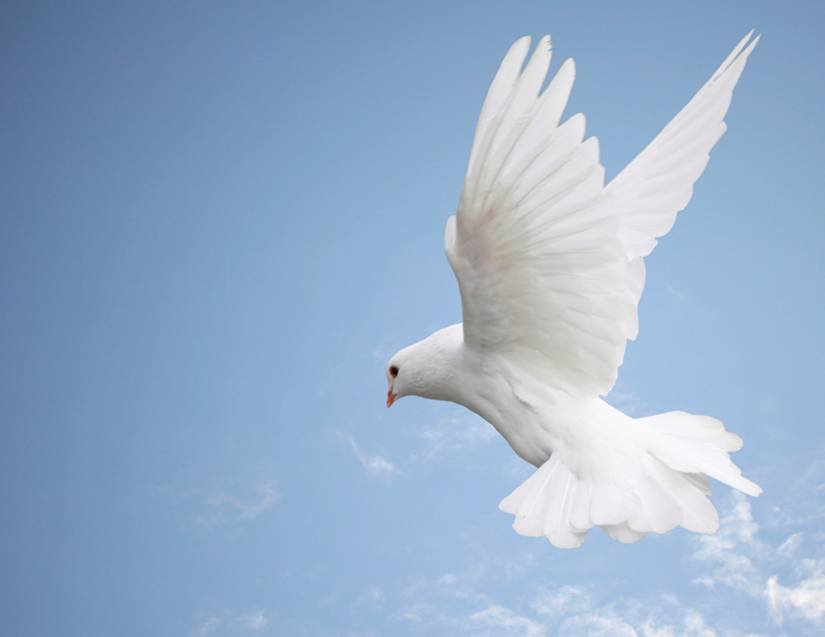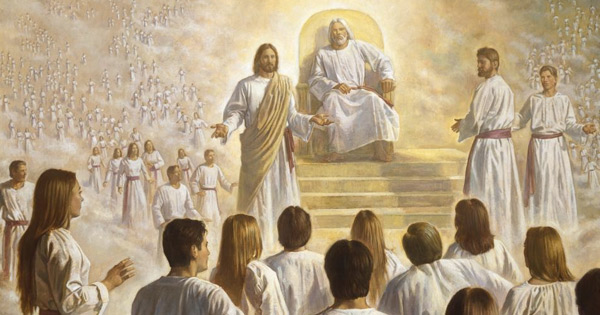Dear Gramps,
How can I describe that Godhead consists of three members using the Bible to my friends? How can I prove that to them?
Babit, from Chennai, Tamilnadu, India
Dear Babit,
It is curious that when the apostles were taken from the earth after the death of Jesus, and the Holy Spirit no longer manifested itself in testifying from heaven, one of the early manifestations of apostasy was the loss of the knowledge of who God the Father and His Son, Jesus Christ really were. The philosophy of the trinity sprang up–the concept of an immaterial God, without body, parts, or passions, who revealed himself in three manifestations, that of the Father, the Son and the Holy Ghost. That concept runs contrary to the scriptures that were extant at the time that philosophy was formalized–in 425AD at the council of Nicea. But reviewing the New Testament scriptures without prejudice one must conclude that the Godhead indeed consists of three individual, distinct persons, one in purpose, but distinct in being. We read in John 17:11—
And now I am no more in the world, but these are in the world, and I come to thee. Holy Father, keep through thine own name those whom thou hast given me, that they may be one, as we are.
Here, Jesus in praying to the Father (not to another manifestation of himself) pleads that his disciples may be one, as they are one! If God and Christ were one in substance, Jesus would have been praying that the disciples become one in substance, i.e., one entity with various manifestations. It stretches the imagination to even conceive of such an interpretation. The obvious intent of the Savior’s words is that the disciples are to be at one with each other in mind, in purpose, in belief and in testimony–that they may be unified in righteousness as are the Father and the Son.
In a second passage from that great intercessory prayer of the Savior, we read—
Neither pray I for these alone, but for them also which shall believe on me through their word; That they all may be one; as thou, Father, art in me, and I in thee, that they also may be one in us: that the world may believe that thou hast sent me. And the glory which thou gavest me I have given them; that they may be one, even as we are one (John 17:20-22)
It could not be more clear that the Savior desired that all those who hear and believe the word should be one, in the same manner that the Father and the Son are one and that he pled for his disciples to be one.
There is another interesting passage in John in another context that clearly demonstrates that the Father and the Son are distinct beings. The Savior is speaking with the Pharisees and declares Himself to be the light of the world. The Pharisees accuse him of testifying of himself and declare that therefore his testimony is not true. In response, the Savior rebuffs them by citing their own law—
Ye judge after the flesh; I judge no man. And yet if I judge, my judgment is true: for I am not alone, but I and the Father that sent me. It is also written in your law, that the testimony of two men is true. I am one that bear witness of myself, and the Father that sent me beareth witness of me (John 8:15-18).
Here the Savior is citing the Jewish law that the testimony of two men is true. He declares himself as one of the two men and his Father in Heaven as the other. From these scriptures there should be no argument that the Godhead is composed of distinct persons, not of various manifestations of the same immaterial personage.
Gramps







